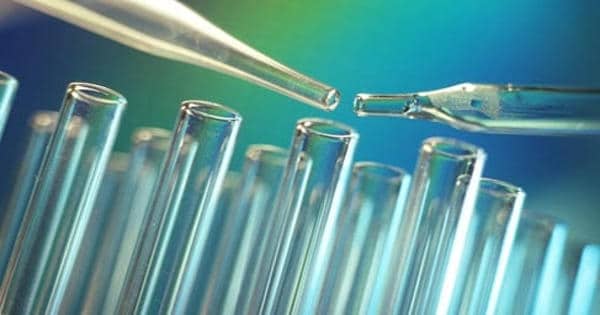Researcher develops new substance for longer-lasting fuel cells
New research released today by scientists at the Queen Mary University of London suggests that graphene could be used to make more durable hydrogen fuel cells for cars. New research suggests that graphene — made in a specific way- could be used to make more durable hydrogen fuel cells for cars.
Scientists produced graphene via a special, scalable technique and used it to develop hydrogen fuel cell catalysts. The research team, involving scientists from the Queen Mary University of London and University College London (UCL), showed that this new type of graphene-based catalyst was more durable than commercially available catalysts and matched their performance.
Fuel cell vehicles are real and available today. Hydrogen fuel cells convert chemical energy into electrical power by combining hydrogen and oxygen with the aid of catalysts. As the only by-product of the reaction is water, they provide an efficient and environmentally friendly power source.
Platinum is the most widely used catalyst for these fuel cells, but its high cost is a big problem for the commercialization of hydrogen fuel cells. To address this issue, commercial catalysts are typically made by decorating tiny nanoparticles of platinum onto cheaper carbon support, however, the poor durability of the material greatly reduces the lifetime of current fuel cells.
Previous research has suggested graphene could be ideal support material for fuel cells due to its corrosion resistance, high surface area, and high conductivity. However, the graphene used in the majority of experiments to-date contains many defects, meaning that the predicted improved resistance has not yet been achieved. The automakers also provide warranties for all key fuel cell components, including the fuel cell stack, compressor, hydrogen tanks, battery packs, and fueling control units.
The technique described in the study produces high-quality graphene decorated with platinum nanoparticles in a one-pot synthesis. This process could be scaled up for mass production, opening up the use of graphene-based catalysts for widespread energy applications.
Professor Dan Brett, Professor of Electrochemical Engineering at UCL, said: “Satisfying global energy demands without damaging the environment is one of the great modern challenges. Hydrogen fuel cells can provide cleaner energy and are already used in some cars as an alternative to petrol or diesel. However, a big barrier to their widespread commercialization is the ability for catalysts to withstand extensive cycling required for their use in energy applications. We’ve shown that by using graphene instead of the typical amorphous carbon as a support material we can create ultra-durable catalysts.”
Hydrogen is as safe as other transportation fuels but has different characteristics. For example, it’s lighter than air, odorless, and non-toxic. The researchers confirmed the durability of the graphene-based catalyst using a type of test based on those recommended by the US Department of Energy (DoE), known as accelerated stress tests. Accelerated stress tests deliberately stress the catalyst rapidly over many cycles in a short space of time, allowing scientists to assess the stability of new materials without having to use them in an operational fuel cell over a period of months or years.
Using these tests, the scientists showed that loss in activity over the same testing period was around 30 percent lower in the newly developed graphene-based catalyst, compared with commercial catalysts.
Gyen Ming Angel, Ph.D. student and lead author of the study, from UCL, said: “The DoE sets tests and targets for fuel cell durability, with one accelerated stress test to simulate normal operating conditions and one to simulate the high voltages experienced when starting up and shutting down the fuel cell. Most research studies in the graphene space only evaluate using one of the recommended tests. However, since we have high-quality graphene in our material, we have managed to achieve high durability in both tests and under long testing periods, which is important for the future commercialization of these materials. We look forward to incorporating our new catalyst into commercial technology and realizing the advantages of longer-life fuel cells.”
Graphene is made from a single layer of carbon atoms arranged in a hexagonal lattice. Despite its relatively simple structure, graphene is thought to have remarkable properties including high electrical conductivity, high transparency, and high flexibility. Hydrogen technologies have experienced cycles of excessive expectations followed by disillusion. Nonetheless, a growing body of evidence suggests these technologies form an attractive option for the deep decarbonization of global energy systems, and those recent improvements in their cost and performance point towards economic viability as well.













